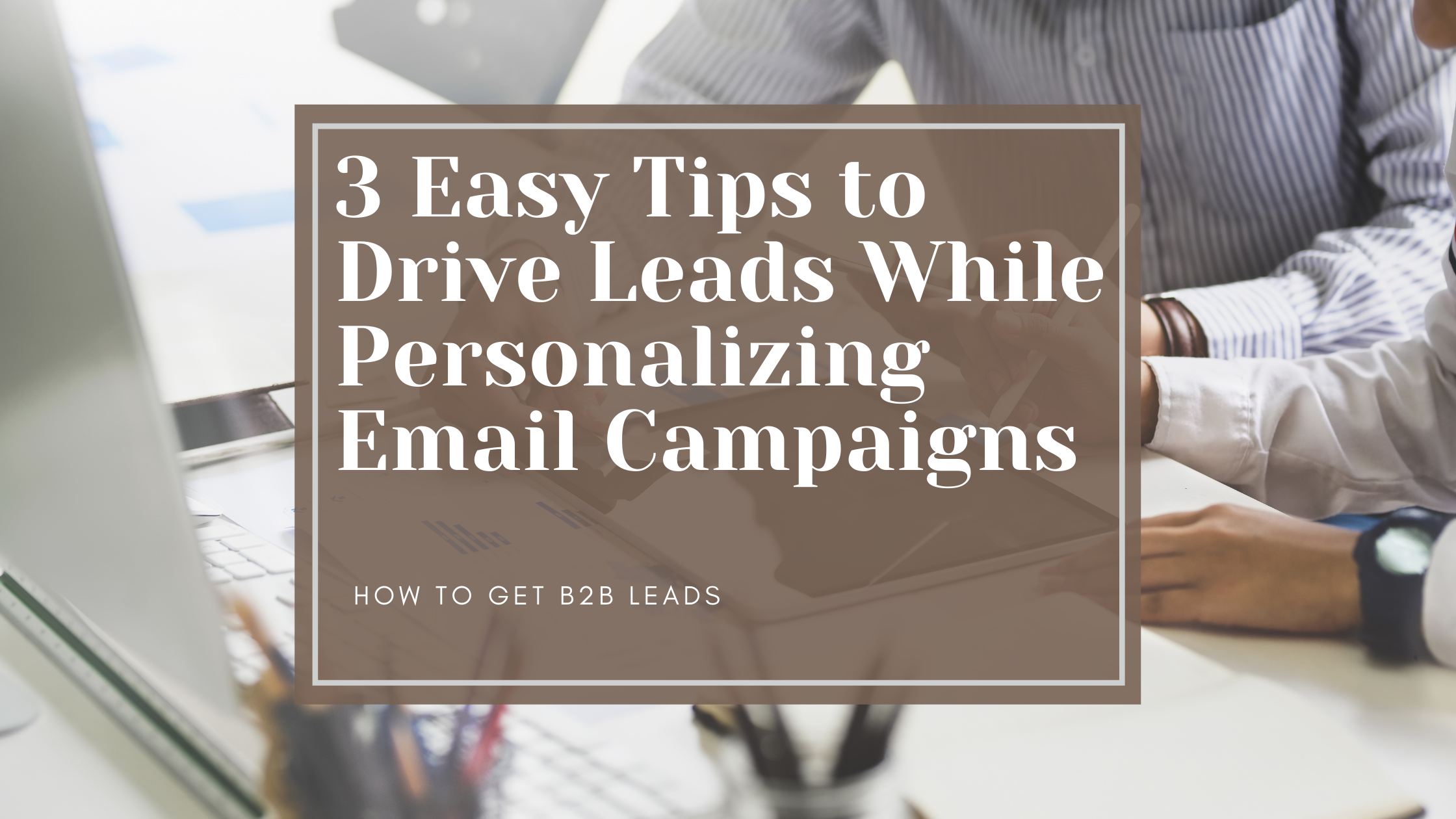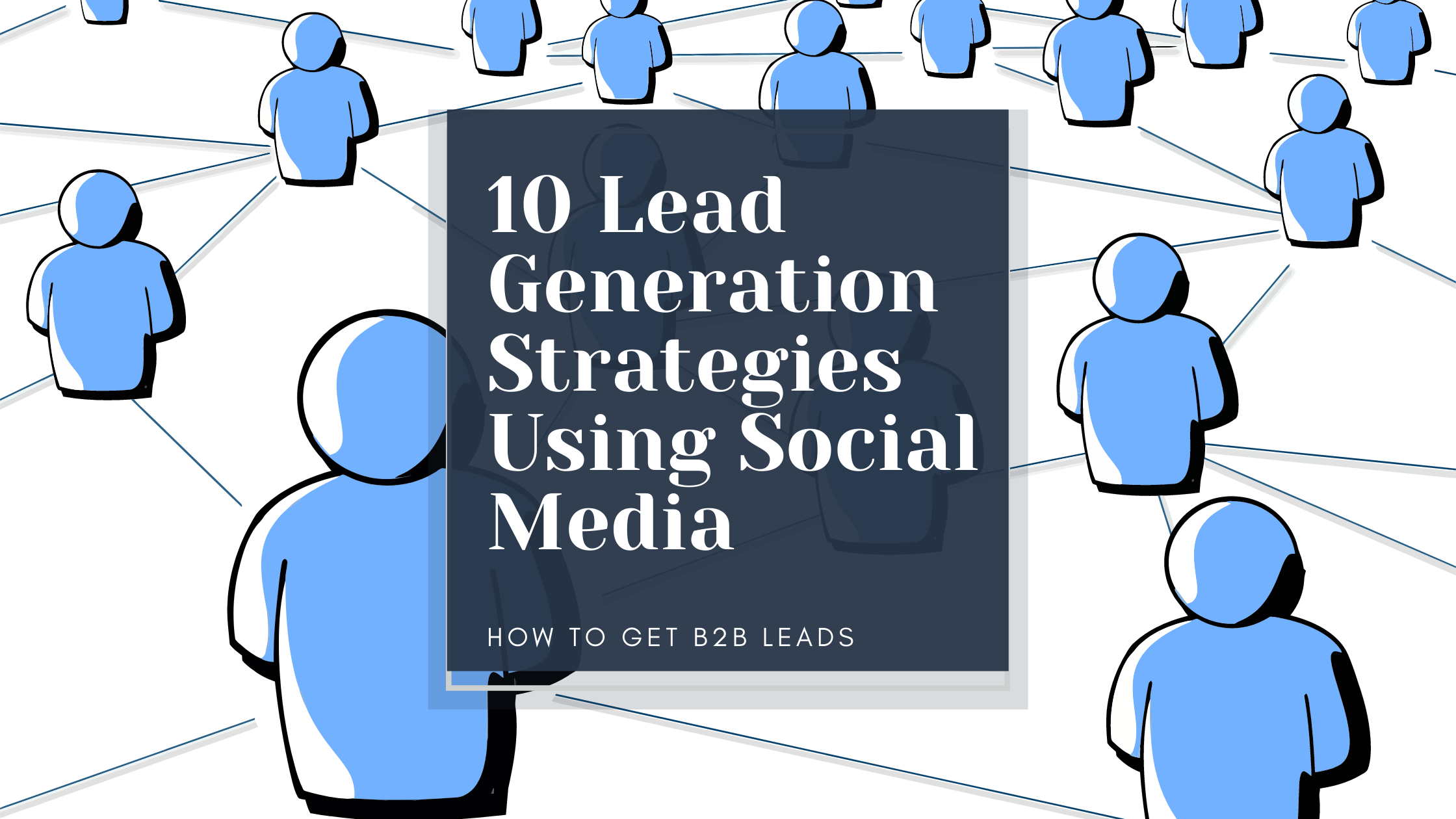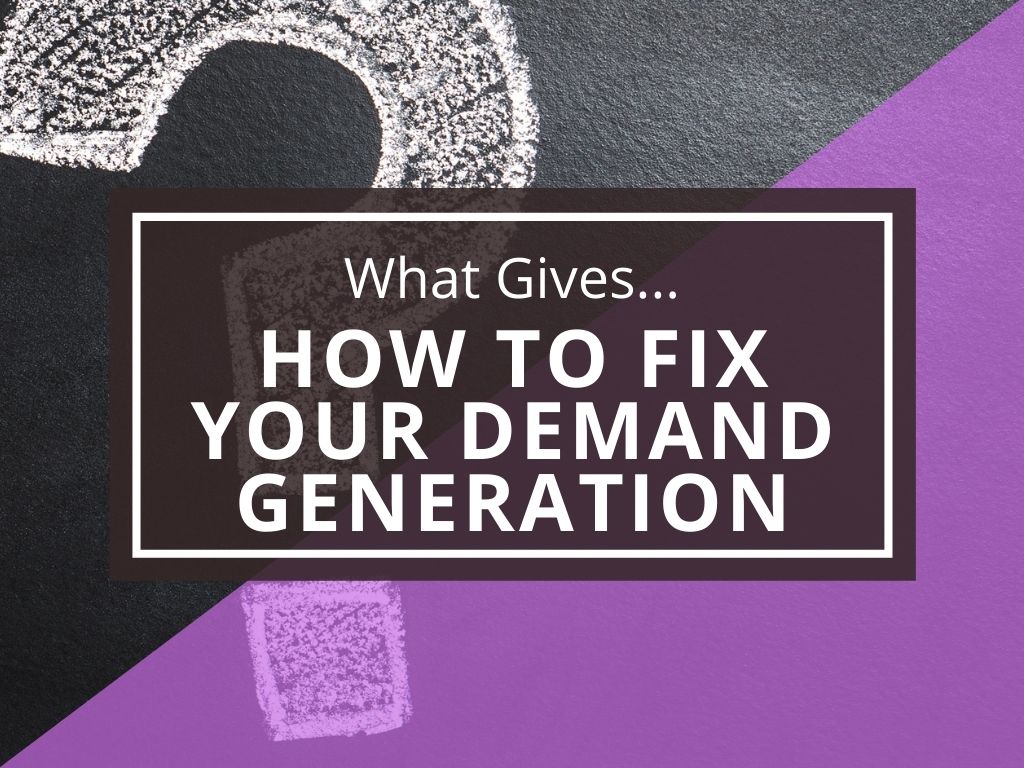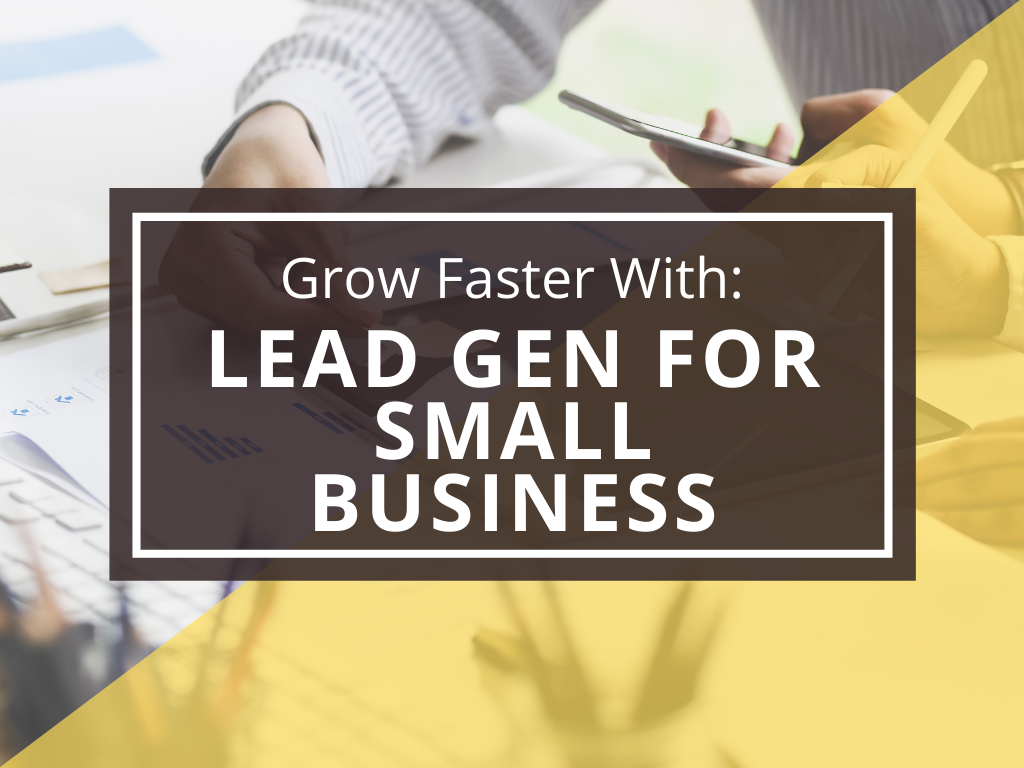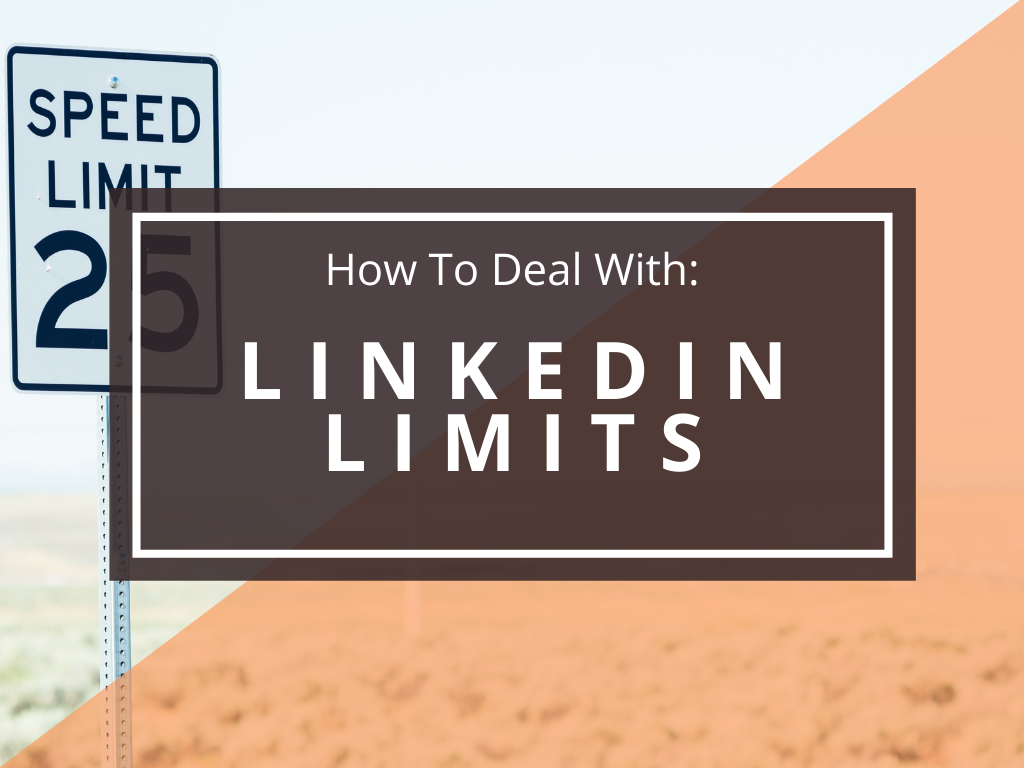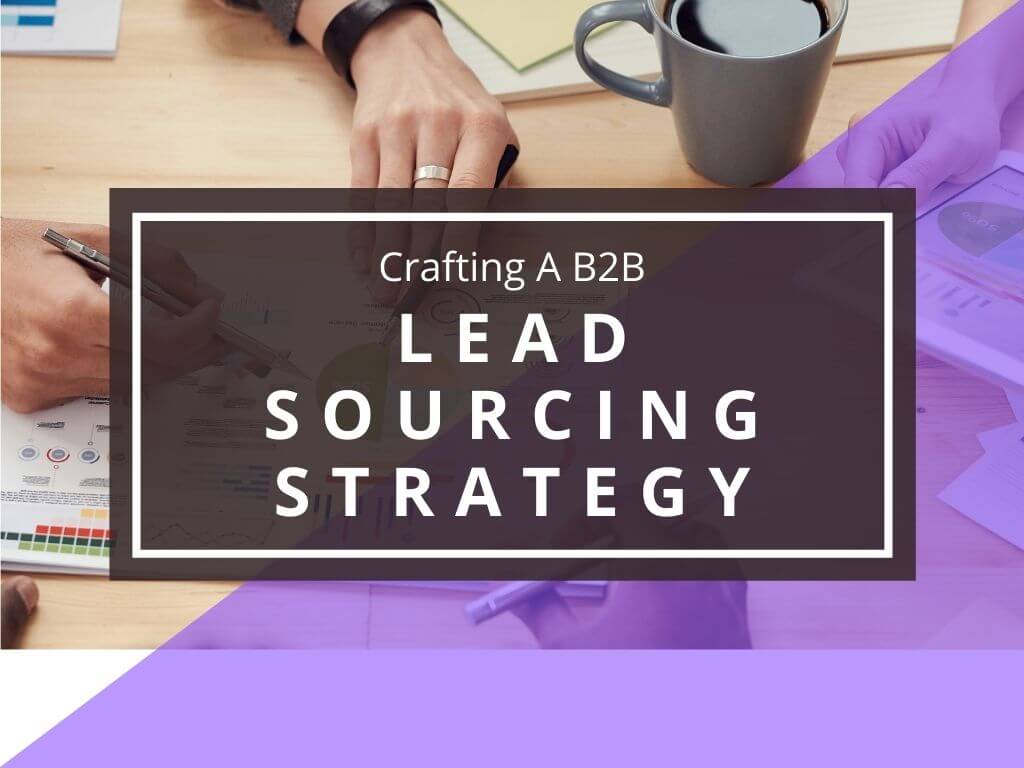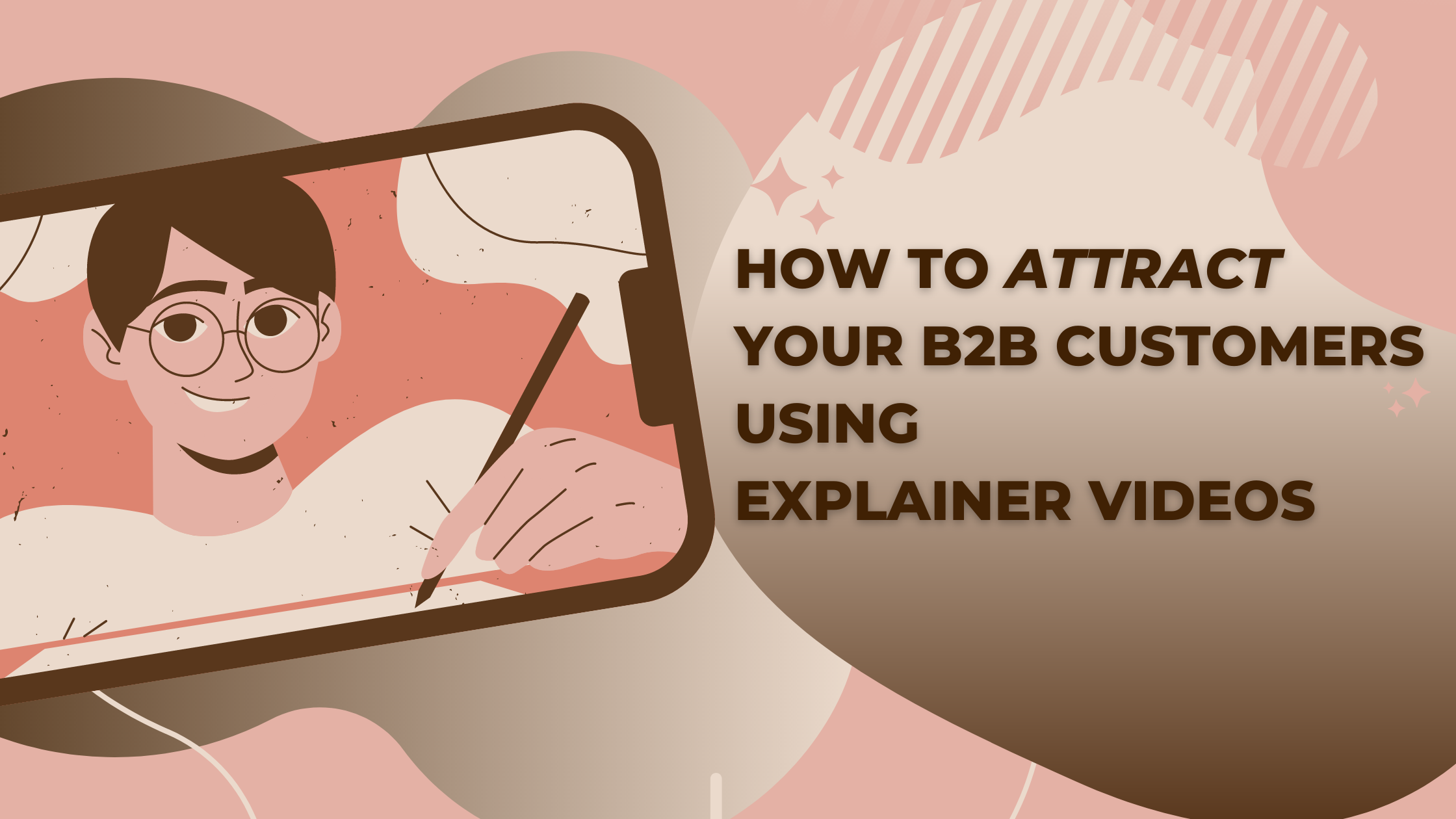Lead generation in email campaigns has transformed a lot. There is no longer a single message for a contact list good enough – while hoping some will find it exciting.
To comprehend the changes, we need to understand the shifts in email personalization over the last decade.
Email personalization is trying to understand what each customer finds appealing and send them content to meet their requirements.
Customers today generally anticipate some extent of personalization, and yet 75% of customers say that they’re not getting email content that speaks precisely to them.
For instance, LeadGenius tried a more generic approach to cold emailing on the subject lines and got a 37.5% open rate.
However, when they made the subject line more “personalized,” they noticed an 86.6% increase in their open rate.
Image source
It’s generally agreed that cold email performs the best in outbound B2B lead generation, and LinkedIn messaging is also becoming an asset.
However, sending out an email isn’t enough. It is essential to get the receiver motivated to click and open your email.
That is, you need to be one step ahead in the minds of potential customers – keeping prospects interested and ultimately converting new leads.
In this report, you will understand personalizing your B2B leads for email campaigns by:
1) Segmentation
2) Personalization
3) Subject line importance for personalization
Segmentation
Personalization through segmentation can help your email campaign check all the right boxes and decide the kind of results that you get.
A Harvard study indicated when people talk about themselves, areas of the brain concerning motivation and reward start working swiftly.
According to MailChimp.com (from users who utilize list segmentation). They discovered segmented campaigns had:
- 14.37% higher open rates
- 64.78% higher clicks
- 8.98% lower unsubscribe rates compared to non-segmented campaigns.
When done correctly, email list segmentation will offer you a boost in revenue/sales opportunities.
It is a personalization technique to provide more relevant email content to subscribers rooted in their geographic location, interests, purchase history, and more.
Image source
Segmentation doesn’t need to be complex. You can start by separating people based on their essential attributes or actions, such as whether they purchased or ended up subscribing to your blog.
There is no well-established way to classify your list but make sure your industry and niche are your guiding factors.
Segmentation breaks up email subscribers into smaller segments based on a few criteria. Here are some standard practices to carry out email segmentation:
1) Demographics: One of the first ways to develop email list segmentation is organizing your subscribers based on gender, income levels, age, and income levels.
Collecting this data is challenging; you can set up a sign-up with the questions you want to capture.
The more data you can gain on your audience in the sign-up process presents you with more possibilities for demographic segmentation.
Be careful with this approach because requesting too much data can disturb people away from signing up at all.
Determine which metrics are most relevant for your business and enclose those questions in the sign-up process.
You can also order the data during the account registration on your website.
2) Geographic Segmenting: Geographic segmentation is an approach that utilizes a particular location to promote products or services for people residing there.
Segmentation in this mode divides consumers based on geographic qualities, like their climate, urbanicity, or culture, and enables sending time-based messages.
You can carry out regional promotions or, through the assistance of location-specific content, offer a more personalized experience.
Knowing where your customers are lets you make various choices when promoting to them.
The postcode and city should be the key areas to obtain information on subscriber location. You can even acquire this data by checking the subscriber’s IP address or relying on Google Analytics Data and its Demographic (Picture below).
Segmentation by location entitles you to offer specialized offers and services to certain areas based on product demand.
For example, You can offer commercial interior design services to specific areas while offering roofing repair assistance to residential areas.
Image source
B2B email Segmentation: The Verdict
Now that you have determined and confirmed your segments, it is time to alter the categorization content of possibilities for each listing.
Unless you’re an experienced writer, you might waste time looking for ways to do it – as there are unidentified needs that your potential consumers haven’t learned yet.
An unidentified need is a situation that a customer may not know he has, but you, based on your understanding, know that will arise shortly.
Based on the data you get during the sales process or observing your target and competitors, write content that fits the interest of your segment.
Content or topics such as:
- Is there a recent issue in specific segments of your industry?
- Do many clients encounter the exact problem?
These are great topics for emails.
By doing your homework and discovering the correct data, you have everything you need to captivate your customers – and genuinely engage with them.
Personalization
What is Email Personalization?
Email personalization is a strategy that email marketers employ utilizing subscriber data to make content more personalized or “custom-made” to their recipients.
With personalization, you develop a targetted offer that fits the conditions of one particular consumer or segment.
Now, consider for just a minute a potential B2B client and the tons of marketing emails ads they receive frequently and ask yourself,
“What do you think they would want to read?”
Image source
72% of customers say they only engage with personalized messaging, and most consumers anticipate brands to comprehend their unique needs.
This means creating custom content is advantageous for you and your clients.
Benefits of B2B personalization

“We know that email is one of the most powerful tools available. That’s why we focus on creating valuable, personal touches that help clients grow their businesses.”
– Travis Ross of Brightest Minds.
There is an untapped reservoir of advantages with email personalization. Some considerable benefits with personalized email marketing are:
Boost in Sales and Conversions- When you understand your customer, you offer exactly the product or service they desire.
Remember, with personalization, you show the blind spots they often overlook on your emails and improve conversions.
Sweetens the customer experience:- Personalization makes the customer feel fantastic and well taken care of.
If you are doing this right, customers’ prospects of buying your product or services are high.
Brand Awareness Increased: As an organization, you automatically enhance your brand image by managing your customer needs.
Email Personalization, is it Worth the Trouble?
According to HubSpot’s State of Marketing report, it’s a “yes.”
78% of Marketers have seen enhanced boosts in email management, and B2B marketers generally operate with email as a distribution channel – at least 87% of them.
Image source
With that in mind, these personalizing “To-do’s” suggestions are helpful for your email campaigns.
3 Helpful Personalizing “To-Do’s” for emails
- Ensure to call recipients by their names (don’t overdo it).
- While sending emails, try to keep it automated to their time zones. You don’t want customers to receive email notifications on their phones while they sleep.
- Make them feel at home – congratulate their achievements when you first build a connection, such as a blog post on digital marketing they created recently or something else unique in the email.
Start a conversation with, “I enjoyed that blog post on digital marketing…” (You get the picture).
Subject Line Importance for Personalization
“Where it makes sense, personalizing the email subject line has been one of our most effective strategies to increase open rates.” – Travis Ross of Brightest Minds.
Subject lines have always been significant in email marketing, but tweaking them to specificity will get the BEST results.
A Subject line should vary from industry to industry, depending on the audience, groups, interests, and more.
Remember your subject line functions as the ‘headline’ – and is the First thing they (Your customers) see.
Image source
How intriguing or “flawed” the subject line – holds the key to a recipient opening, ignoring, or marking your messages as spam.
A Study by CMB Consumer Pulse found that 47% of email respondents open emails from companies based solely on the subject line.
This is why it’s compulsory to understand the art of writing clear, concise subject lines that convince recipients to open and read your messages.
You can run tests to discover the most compelling subject lines.
With testing, you can adjust the content of your subject lines based on all the information you’ve already gathered on a subscriber’s – such as their wants, appeals, age, location, and more.
Why email subject lines are important
Let’s take a quick look at the attributes of great subject lines.
Through some research – we can say a clear subject line comprises:
1) Consistency: Your email subject line should correctly reflect your brand messaging on other channels (social media etc.) and should employ the same style and tone throughout a campaign.
This helps to build trust.
Also, ensure the information in your email should be consistent with the assurance you make on the subject line.
And lastly, ensure to keep the subject line grammatically clean of errors or spelling mistakes – to maintain credibility with your audience.
2) Get to the Point Quick: Subject lines must grab the recipient’s attention. It’s calculated that subject lines with 50 characters or less result in 12% higher open rates.
In contrast, emails with longer subject lines have 75% higher click-through rates.
The payoff here is to keep your subject lines less than 50 characters.
Additionally, avoid misleading language or the use of deception in your subject lines.
Subject lines have to be exciting and memorable. So try to stay away from unoriginal or clichéd words.
Ultimately, try to allure your audience with a hook on your subject line that catches their attention and motivates them to learn more.
Image source
3) Personalization: We don’t only mean employing your recipient’s first name on the subject lines when we say personalized.
Instead, make the most out of the client data you have and take personalization to the next level – in the email subject line.
Use the information received from the recipient such as – a post or comment they liked, recent investments, a headcount of their organization, and more.
Personalization is a fantastic way to create a sense of familiarity and connection with your subscribers.
4) Educational: Specifically for B2B companies, subject lines need to be informative. Your recipients need to see the importance of opening your email.
Using subject lines highlighting industry tips and statistics for cold emails is a great idea.
For example: “95% of B2B marketers already use content to boost sales—don’t get left behind!” or “15 tips to creating viral videos.”
As you can see, composing the perfect subject line demands accurate and correct client data.
Email Personalization Conclusion:
Email personalization is a procedure that can boost ROI for businesses of all sizes.
It’s the most cost-effective marketing channel, and numerous small and medium-sized enterprises harness its benefits to grow their businesses.
In short, email personalization can drive your customers to feel appreciated, and people who feel appreciated are more likely to buy from you.
——
At Brightest Minds, we offer cold emailing assistance using our unique data-driven approach to prospects’ segmentation that leads to high-quality lead generation.
It can be so effective that our clients have even asked us to slow down to process leads. To know more about how we can assist in scaling your business, request a demo with us.
